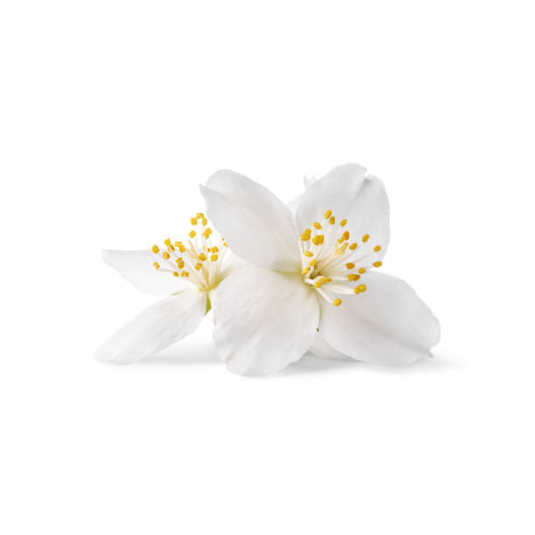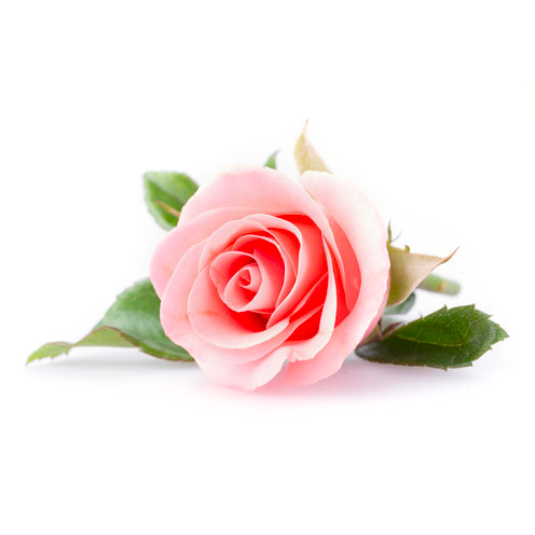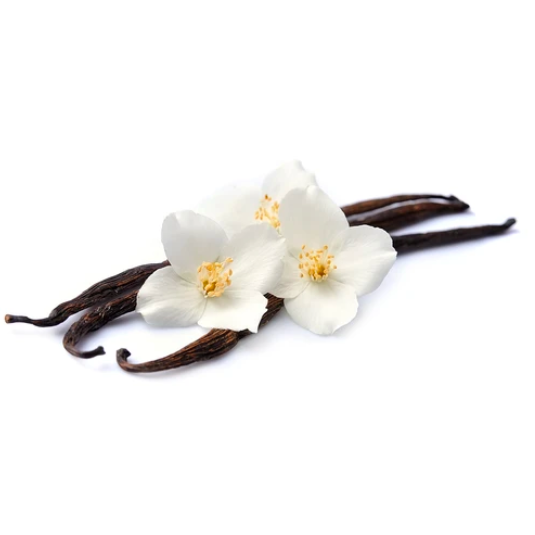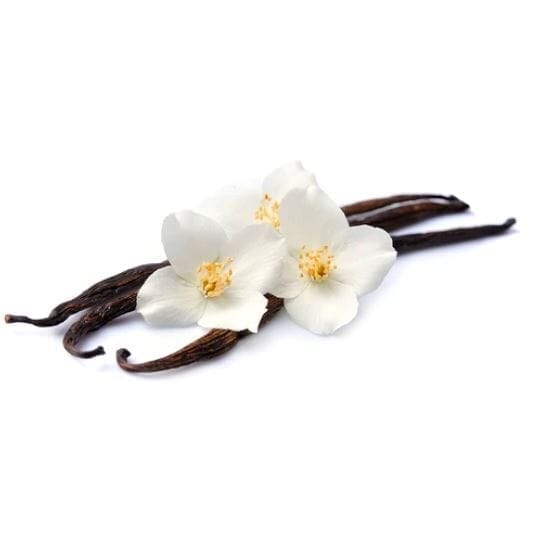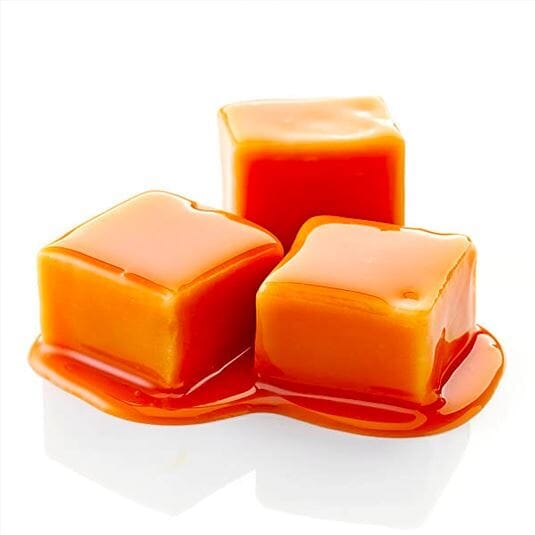Name and etymology of Ylang-Ylang
Ylang-ylang is a name that comes from the Tagalog, a language of the Philippines, meaning "flower of flowers." This name is perfectly justified, as ylang-ylang is a flower of great beauty that gives off a captivating fragrance.
Ylang-ylang has long been used in perfumery for its distinctive scent. An essential oil is extracted from its flowers, which is used in the composition of many luxury perfumes. However, this flower also has therapeutic properties.
History of ylang-ylang
The history of ylang-ylang goes back centuries. This flower was highly valued by the rulers of Southeast Asia, who used it to perfume their palaces and gardens. It was also used in religious ceremonies and wedding rituals.
Today, ylang-ylang is cultivated in many tropical countries, where it is a major export. Thanks to its beauty and fragrance, it continues to inspire perfumers worldwide and delight fragrance lovers.
Origin of Ylang-Ylang
Ylang-ylang, known scientifically as Cananga odorata, is a tropical tree native to the Comoros Islands, Madagascar, the Philippines, and other regions of the Indian Ocean. Its fragrant flowers, harvested early in the morning, are distilled to produce a precious essential oil, used for centuries in perfumery. Ylang-ylang is prized for its sweet, floral, and exotic fragrance, associated with love and beauty.
In addition to its use in perfumery, it is also used in traditional medicine and aromatherapy for its soothing and relaxing properties. Grown in different parts of the world, ylang-ylang continues to fascinate with its intoxicating and enchanting fragrance.
How to grow ylang-ylang
The cultivation method for ylang-ylang is very specific. This flower only grows in tropical regions, where the climate is hot and humid. It requires nutrient-rich soil and must be grown in the shade to prevent its flowers from burning in the sun. It blooms year-round, but harvesting is done selectively to obtain optimal quality essential oil.
Ylang-ylang growers must ensure the ideal growing conditions for this delicate flower. Growing ylang-ylang is a centuries-old tradition that requires great expertise and attention to detail.
Ylang-Ylang producing regions
Ylang-ylang growing regions are primarily located in tropical Southeast Asian countries, such as the Philippines, Indonesia, Malaysia, and Cambodia. Madagascar is one of the largest producers of ylang-ylang in the world. These regions have warm and humid climates, which are essential for the growth of this delicate flower.
Ylang-ylang growers in these regions work diligently to ensure the growth and harvest of the flower.
Planting Ylang-Ylang
Planting ylang-ylang is a complex process that begins with selecting the healthiest and strongest plants. Growers must also ensure nutrient-rich soil and adequate irrigation are maintained to ensure optimal plant growth. Harvesting ylang-ylang is also a meticulous task, involving handpicking the flowers to avoid damaging the plants.
Despite the challenges inherent in growing ylang-ylang, this flower continues to seduce noses around the world thanks to its unique olfactory qualities and rich and fascinating history.
Harvesting Ylang-Ylang
Ylang-ylang harvesting is a two-step process. First, the flowers are handpicked and sorted to remove leaves and stems. Then, the flowers are left to dry in the sun for a few hours before being distilled to extract the essential oil . This oil is used in the manufacture of perfumes, cosmetics, and other beauty products.
Processing and transformation of Ylang-Ylang
The processing and transformation of ylang-ylang involves steam distillation to extract the essential oil from the flower. This oil is then blended with other ingredients to create unique fragrances that can be worn as a signature scent. Ylang-ylang is often associated with warm and sweet notes, making it popular with men and women of all ages.
There are different types of essential oil for Ylang-ylang which come from different fractions (a distillation action), we know the types well: ylang ylang extra HE, Ylang ylang I HE, Ylang ylang III HE and ylang ylang complete HE.
Aromatic profile of ylang-ylang
The flower has a captivating aromatic profile. Its captivating scent is at once sweet, floral, and slightly spicy. The main notes of ylang-ylang are rich and sweet, with accents of jasmine and monoi, giving it a natural sensuality.
This iconic flower also exudes fruity notes, bringing a subtle freshness to its fragrance. Its scent makes it an ingredient often used as a heart note in many compositions.
The stages of making ylang-ylang perfume
Perfumers blend the oil with other ingredients to create unique eaux de parfum. The manufacturing steps vary depending on the perfume, but may include maceration, distillation, and filtering.
The benefits and virtues of ylang-ylang
The benefits and virtues of ylang-ylang are diverse. This plant is known for its calming and soothing properties, making it a popular ingredient in skincare and relaxation products. Ylang-ylang can also help reduce stress and anxiety, as well as improve mood.
Uses of ylang-ylang
The different uses of ylang-ylang
In addition to its relaxing benefits, if you want to add a touch of exoticism to your beauty routine or daily life, why not try ylang-ylang in the form of perfume, essential oil or skincare product!
Use of ylang-ylang in perfumery
Ylang-ylang is a flower with many uses, particularly in the creation of perfumes. The steps involved in making the essential oil extracted from this flower include maceration, distillation, and filtering. Perfumes made with ylang-ylang are highly valued for their warm, sweet notes that evoke exoticism and romance.
Olfactory accord with ylang-ylang
Its rich and sensual floral character pairs particularly well with soft, powdery notes such as vanilla, musk, and amber. These accords bring additional warmth and depth to the fragrance. Additionally, ylang-ylang flowers also blend with fresh, citrusy notes such as bergamot and lemon, adding a touch of brightness and freshness to the composition. Furthermore, to add an exotic touch to a fragrance, coconut will enhance ylang-ylang. Ultimately, with woody notes such as cedar or sandalwood, ylang-ylang acquires a more earthy and woody dimension.
Ylang-ylang perfumes
Some examples of famous perfumes made with ylang-ylang are:
• Black Orchid by Tom Ford is an oriental eau de parfum for women. With citrus and blackcurrant top notes, ylang-ylang middle notes, and vanilla base notes, this captivating fragrance blends boldness and mystery.
• Chanel N°5 Eau de Toilette from the luxury house, Chanel , offers us an elegant and sophisticated fragrance, reminding us of the 1920s, with neroli in the top note, the famous ylang-ylang and jasmine in the heart notes and to enhance everything, vanilla in the base note.
• This iconic fragrance, Opium , by Yves-Saint-Laurent highlights ylang-ylang, cinnamon and jasmine in the middle notes, creating an oriental and bewitching aura. While, vanilla in the base note, will leave a light sweet scent on your skin. This fragrance is perfect for a woman looking for a sensual and captivating charm.
• Frangipani Flower by Jo Malone London is a fragrance for men and women, tropical and floral, let yourself be won over by this sweet and sunny scent enhanced by ylang-ylang, frangipani and jasmine in the heart notes.
Bon Parfumeur ylang-ylang perfumes
Ylang-ylang is an ingredient often found as a heart note in Bon Parfumeur fragrances. Here are three of our fragrances you might like:
- Eau de Parfum 301 : Like a battle between hot and cold spices, between cumin and cardamom. Ylang-ylang is found in the top note, bringing a floral, sunny, and spicy touch.
- Eau de Parfum 303 : Like a captivating ballet of spices, 303 features pepper and chili pepper dancing at the top. Initially spicy, the fragrance warms up with cardamom, then ylang-ylang unfolds in the middle note.
- Eau de Parfum 803 : A patchouli caught in ice: a true tension between hot and cold. A frosty opening with marine accents, warmed by a spicy trio: ginger, pink berries, and juniper. Ylang-ylang in the heart note brings a touch of sensuality.




